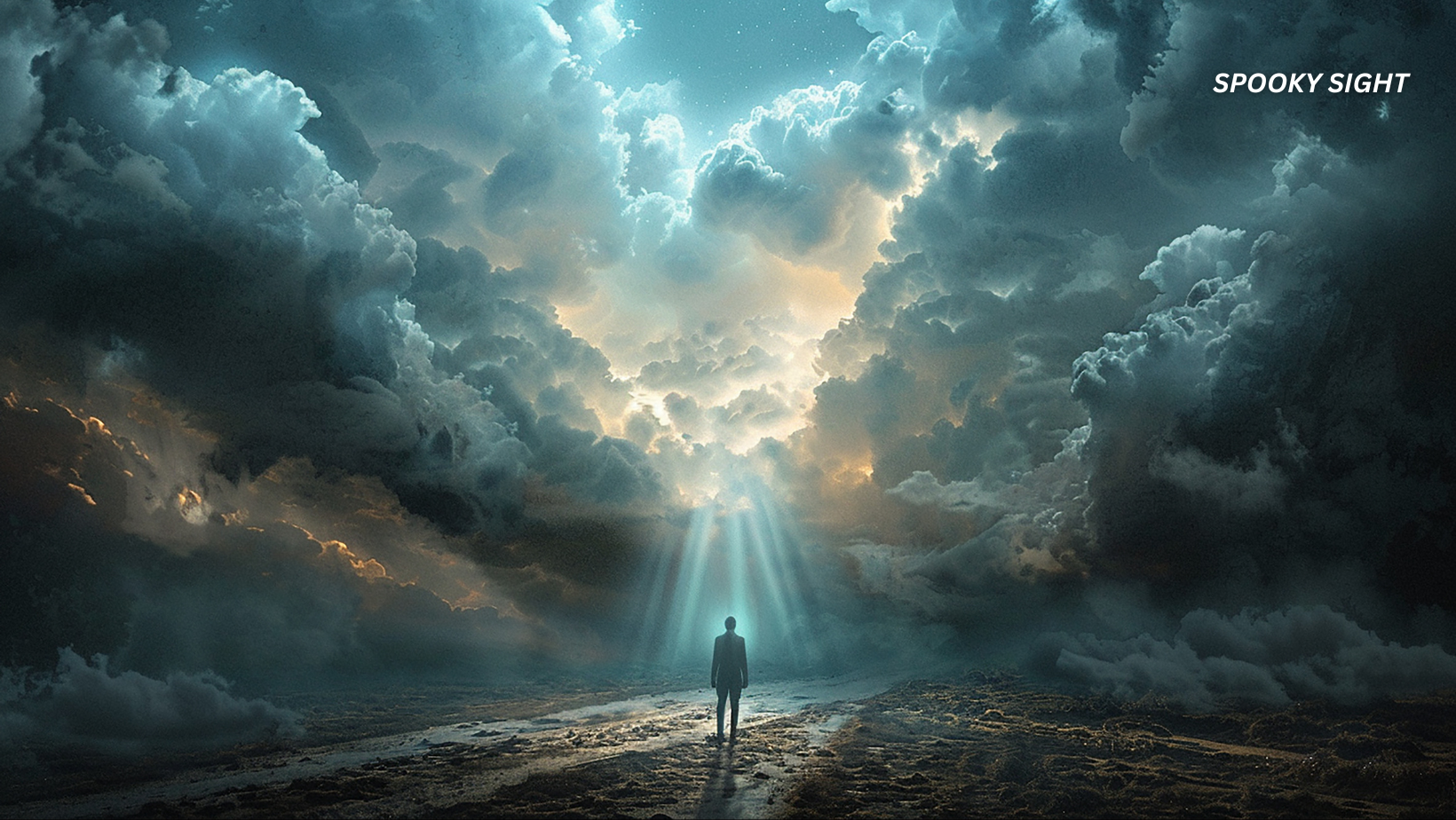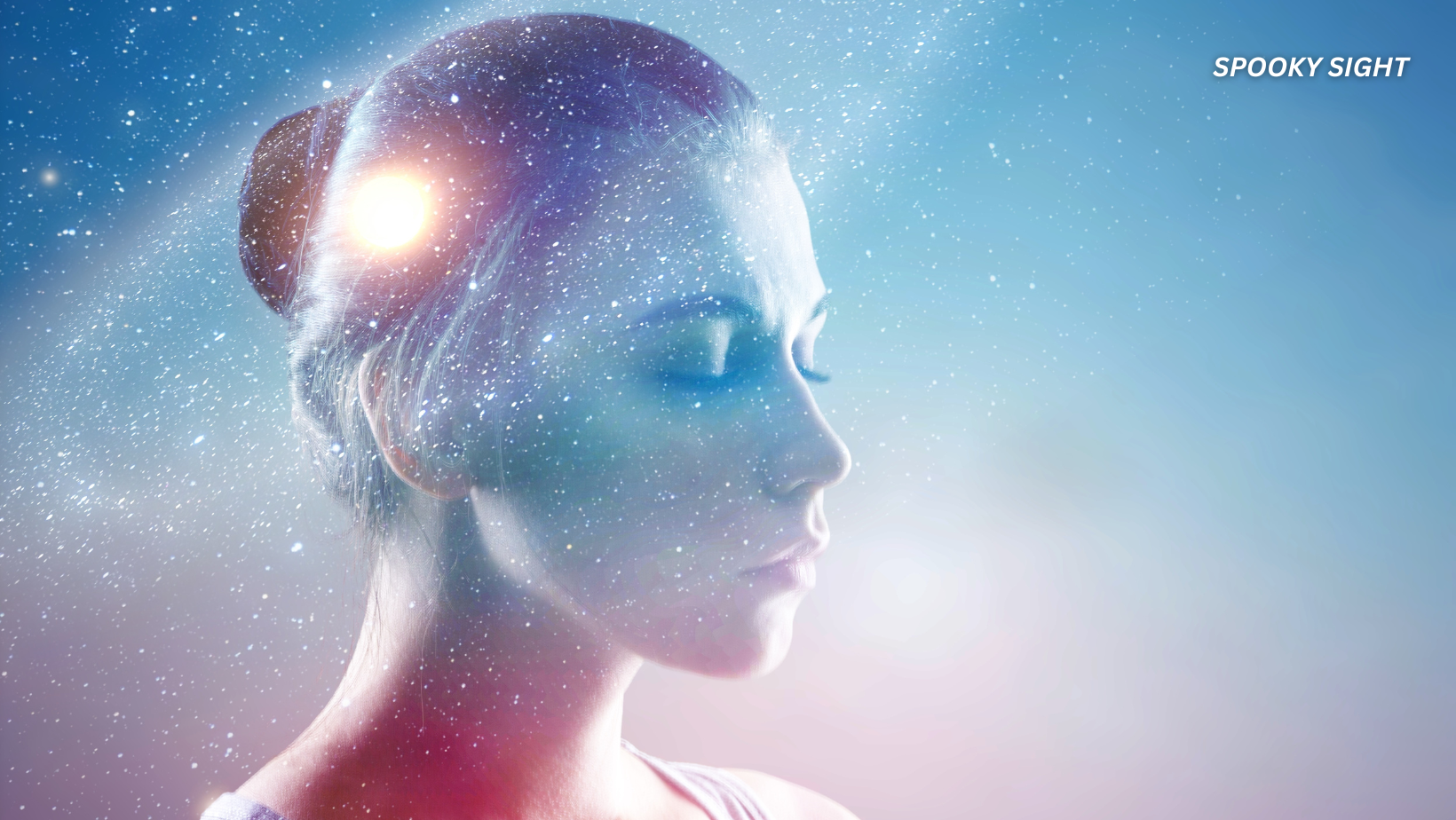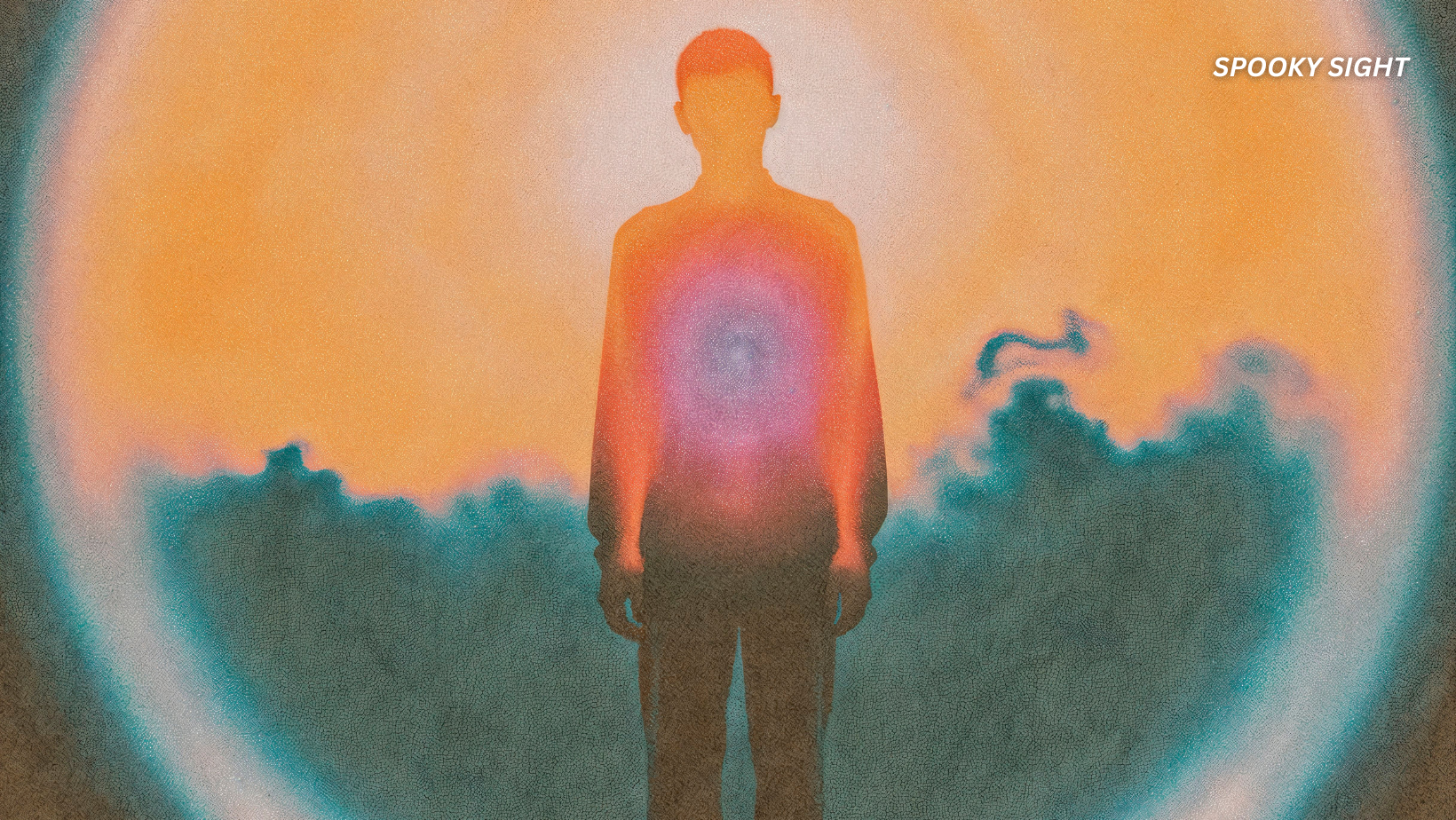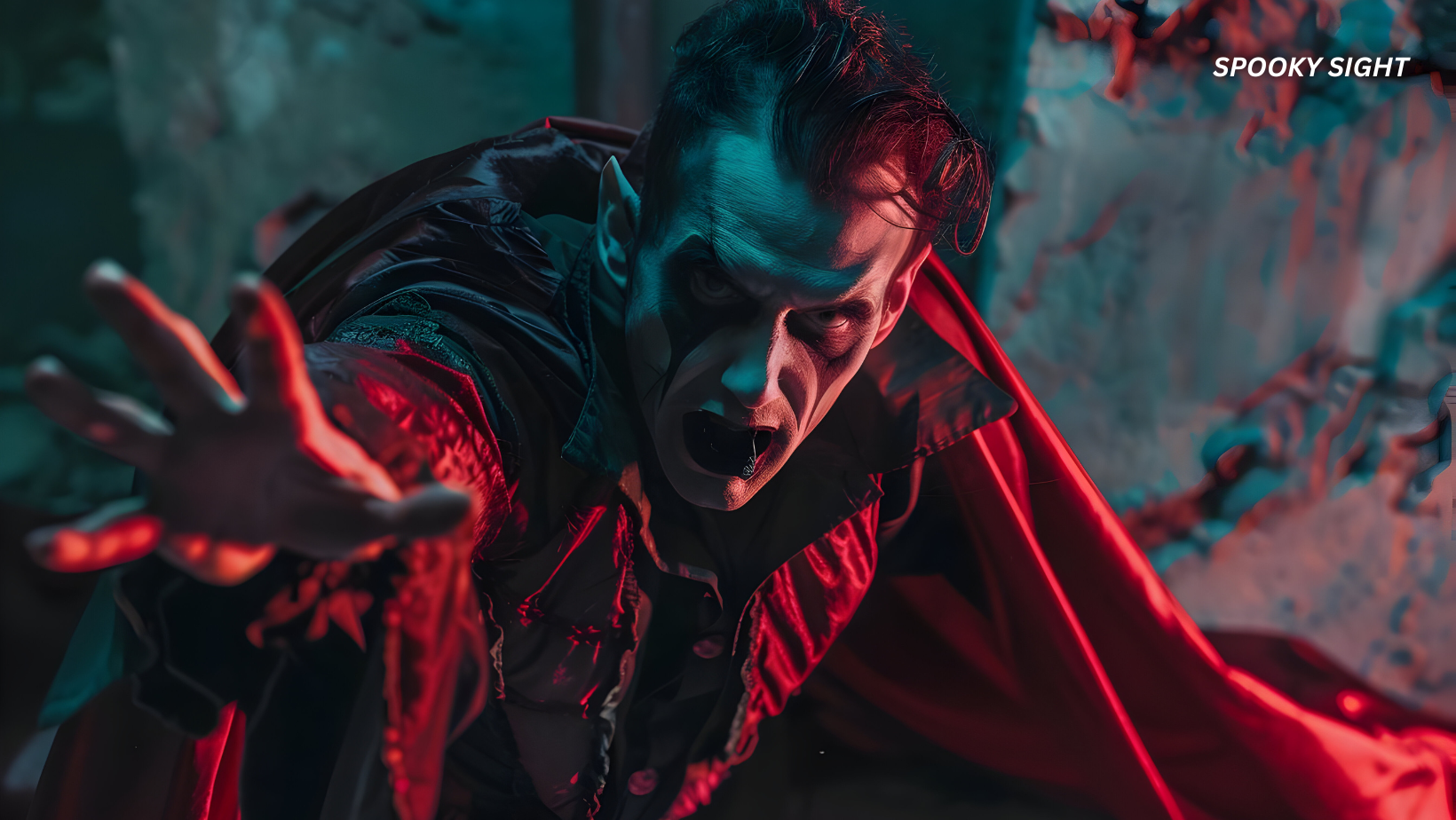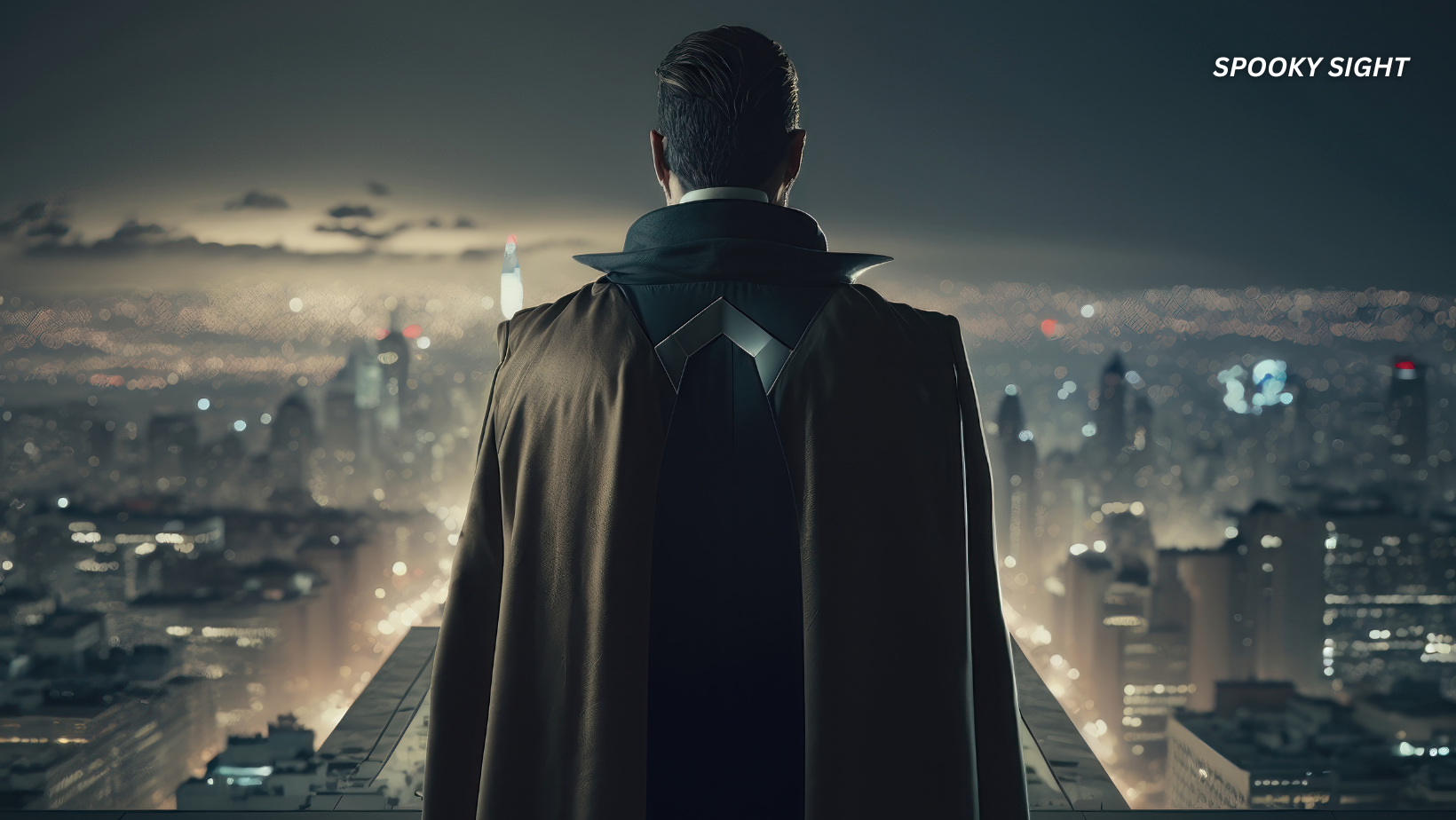For as long as humans have been able to think about their own existence, we’ve wondered about the moment it ends. What happens when the last heartbeat fades? Do we simply vanish into nothingness, or is there something—somewhere—waiting on the other side?
Throughout history, countless people have claimed to catch a glimpse of “what comes next.” Some call it the afterlife, others believe it’s a different dimension, and skeptics argue it’s just the brain’s final electrical fireworks before the lights go out.
But every so often, a story comes along that refuses to fit neatly into any explanation. This is one of those stories—the account of Brianna Lafferty, a 33-year-old from Colorado who, for eight measured minutes, was clinically dead… yet swears she was more alive than ever.
Who Is Brianna Lafferty?
Brianna is no stranger to living with physical challenges. She was diagnosed years ago with myoclonus dystonia, a rare neurological disorder that causes her muscles to contract suddenly and uncontrollably. Imagine trying to write, walk, or even stand still while your own body decides to move without permission.
The condition is disruptive, but it was something she had learned to manage. That is, until her body suddenly gave out.
One day, her heart stopped beating. Medical staff worked frantically, but there was no pulse, no breath, and no measurable brain activity. For eight minutes, by every standard in modern medicine, she was gone.
Yet Brianna says she didn’t “go” anywhere in the way we imagine. In fact, she says she never lost awareness—not even for a second.
Read more: Doctors Horrified After Google’s Healthcare AI Makes Up Nonexistent Human Body Part
The Moment of Departure
Brianna describes the sensation of leaving her body as unexpectedly calm. She wasn’t “pulled” out or “forced” away—it felt more like gently stepping out of a heavy coat she didn’t know she had been wearing.
From above, she could see what was happening below. But she wasn’t particularly interested in her lifeless form or the panic of the room. Her attention shifted almost immediately toward something else—a pull into what she calls “a space without time.”
In this place, there were no seconds, minutes, or hours. Yet she was fully conscious. She says she felt more herself than she had ever felt while alive, as if the version of “Brianna” she had known on Earth was just a smaller fragment of a much larger being.
There was no pain, no fear, no sense of needing to breathe. Just a steady, comforting awareness.
A Landscape Shaped by Thought
One of the most fascinating parts of Brianna’s story is how the environment seemed to respond to her thoughts. At first, she noticed that whatever she focused on began to form around her—but slowly, as though the universe there took its time answering her.
If a negative thought emerged, she had space to shift it into something positive before it fully materialized. She found herself deliberately choosing peaceful, loving images, knowing they would eventually shape her surroundings.
To her, this felt like proof that even beyond the boundaries of life, the mind—or consciousness—has creative power.
Eight Minutes or Months?
Back on Earth, the clock recorded her absence at exactly eight minutes. But in that other space, Brianna says it felt like months had passed. She had time to explore, reflect, and even interact with what she calls “familiar presences.”
She doesn’t claim these presences were human in the way we understand humanity. They seemed to be beings of awareness, not flesh, radiating a sense of unconditional acceptance.
And somewhere within this vast stillness, she says she sensed a greater presence—something wise, loving, and infinitely patient. There was no “voice,” yet its guidance was unmistakable.
Read more: The Butterfly Effect Is Real—But Science Says It Works Differently Than You Think
The Numbers Behind Reality
Among the stranger revelations Brianna brought back was her conviction that the universe is fundamentally made of numbers. Not just in the way mathematicians use equations to describe physics, but as if reality itself is constructed from numerical patterns—a kind of cosmic code.
This isn’t an entirely new concept. Ancient Greek philosopher Pythagoras believed numbers formed the building blocks of everything. Modern physicists sometimes speak about the “mathematical universe hypothesis,” which suggests that the physical world is, at its core, a mathematical structure.
Brianna didn’t arrive at this idea through study—she says she simply knew it while she was there.
The Return to Life
Coming back wasn’t graceful. Brianna awoke to a damaged body. She had to relearn how to walk and speak. Her pituitary gland—an important hormone regulator—had been harmed, leading to health complications that required experimental brain surgery.
She admits she is afraid of going through another near-death event. But she’s also grateful for the perspective it gave her.
Today, she describes her purpose as “living deliberately,” even if she doesn’t have a step-by-step mission plan. She is less afraid of death, more appreciative of life, and more aware of how her thoughts shape her experience.
What Science Says About Near-Death Experiences
While Brianna’s story is deeply personal, scientists have long tried to explain near-death experiences (NDEs) in purely biological terms.
Some neurologists suggest NDEs are caused by anoxia—a lack of oxygen to the brain—which can trigger hallucinations and distort the sense of time. Others point to a flood of neurotransmitters like endorphins and dopamine, which could create sensations of euphoria and visions of light.
Researchers have also studied the right temporoparietal cortex, an area of the brain responsible for processing information about the body in space. When this region malfunctions—whether through trauma, seizure, or oxygen deprivation—it can produce the feeling of floating outside the body or moving through a tunnel.
From this perspective, NDEs aren’t windows into another world, but the brain’s final protective illusions.
A Mystery Across Cultures
Still, what makes NDEs intriguing is how consistent they are across different cultures and time periods.
Ancient Egyptian texts describe journeys into other realms after death. Tibetan Buddhism teaches about the “bardo,” a transitional state between death and rebirth. In some Indigenous traditions, people speak of traveling across a bridge or river to meet ancestors.
While the imagery varies, the themes—light, peace, familiar presences—show up again and again.
Even among modern survivors, similarities emerge:
- A feeling of leaving the body
- A perception of moving through darkness toward light
- Encounters with guiding beings
- A review of one’s life
- A decision or command to return
Brianna’s account fits neatly within these patterns, yet has its own unique twists—like the concept of the universe being made of numbers.
Read more: Psychologists Say These 8 Phrases Will Instantly Disarm An Arrogant Person
The Question That Won’t Go Away
So, what was Brianna’s experience? Was it a true journey beyond death’s edge, or the brain’s intricate farewell performance? Science can’t yet say for sure.
What’s clear is that experiences like hers—whether interpreted spiritually or neurologically—can leave lasting changes. People often return with less fear of death, greater compassion, and a renewed sense of purpose.
For Brianna, the message is simple but powerful: “Death isn’t an ending. It’s a change of address.”
Whether or not you believe her, the thought has a certain comfort. After all, if death really is just an illusion, maybe the final chapter of life is not the end of the story—just the start of a very different one.
Image: Freepik.

